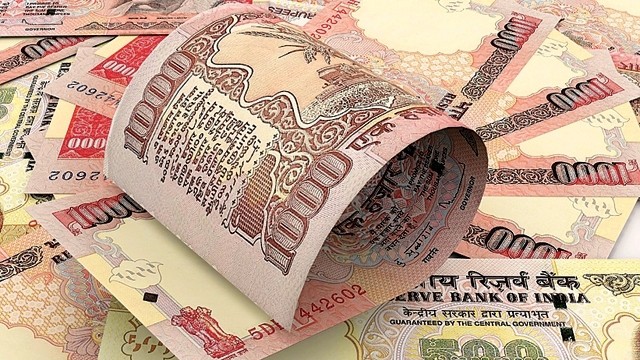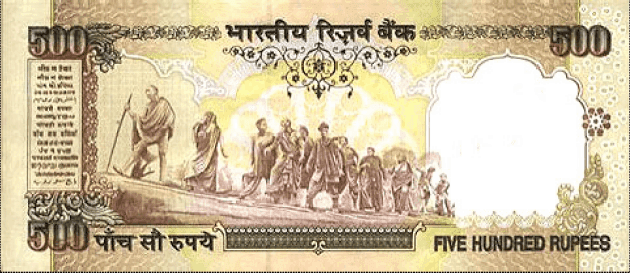From the perspective of a college student, the path forward from the landmark verdict of demonetisation was bleak with flickering lights and a hazy future. Here is how students were affected by the remarkable judgment last year.
It has been a year since the Prime Minister of India, Narendra Modi, passed the historic judgment of demonetising INR 500 and INR 1000 notes from circulation. Besides sparking countless memes and attracting criticism from all four corners, the judgment is most infamously known for the disturbance it created in the everyday lives of the Indian denizens. As Bharatiya Janata Party (BJP) marks 8th November as the Anti-Black Money Day, we retrospect to determine how demonetisation affected the daily routines of the students of the University of Delhi (DU). The chaos and mayhem it inflicted on the student community can only be suitably answered by the very people who were most affected by it.
Outstation students were adversely hit out of the student lot as they did not have any financial backing like the rest of the day scholars did. Apart from the inconvenience it caused in day-to-day expenses that toppled everyone’s budgets, DU hostellers and PG renters had a harrowing time. Landlords and PG owners demanded rent that time round, and many students were left scaffolding for the newest currency they could get in their hands. Kinjal Pandey, a student of Daulat Ram College, added, “My PG friends and I tried to wake up at 5 a.m. in the morning in the hopes that we would be able to stand ahead in the ATM line. Every day at least 8-9 girls would wake up early and go out at dawn in order to stand in the ATM line.”
Furthermore, since this happened towards the end of the odd semester with end semester exams approaching, many wasted their precious time standing in long queues to no avail. Students were seen standing, studying in lines for hours as the transaction limit was restricted to INR 2,000 per day. That left many to resort to alternative sources like borrowing from home or from unrecognised money lenders. At a time when most transactions were conducted in cash, many students did not have checkbooks and were not as well-equipped to manage one’s finances digitally. Budgets were disrupted and limits were increased manifold to counter the urgency of the situation.
A year since this debacle, the verdict has been mixed. Whether it was a hit or a miss is a completely different lead to follow.
Image Credits: DNA India
Image Caption: The demotisation of INR 500 and 1000 notes last year adversely affected outstation DU students.
Vijeata Balani




